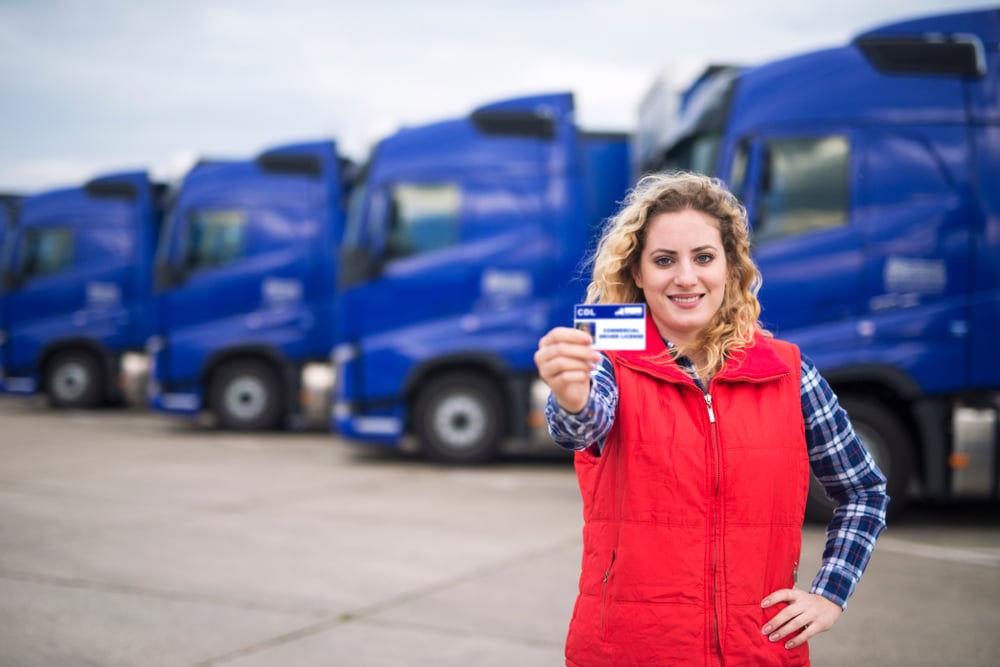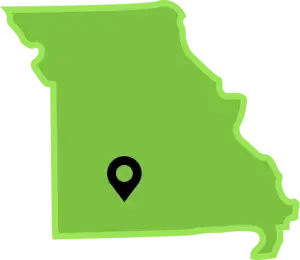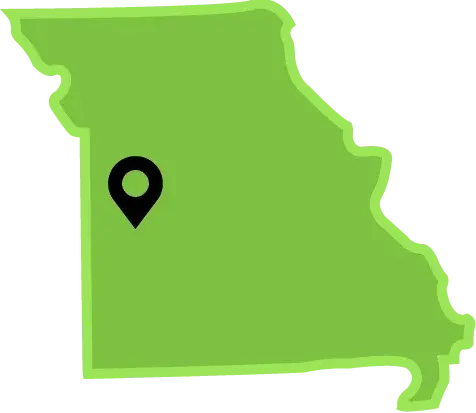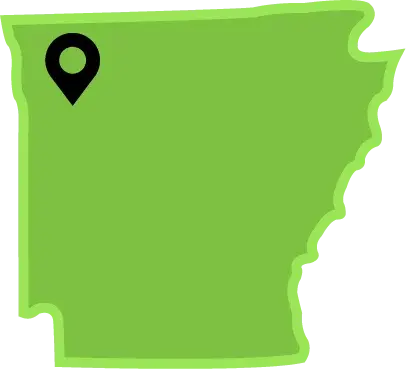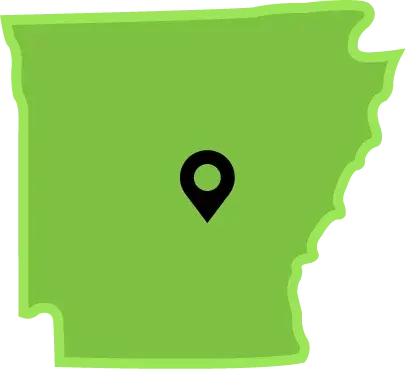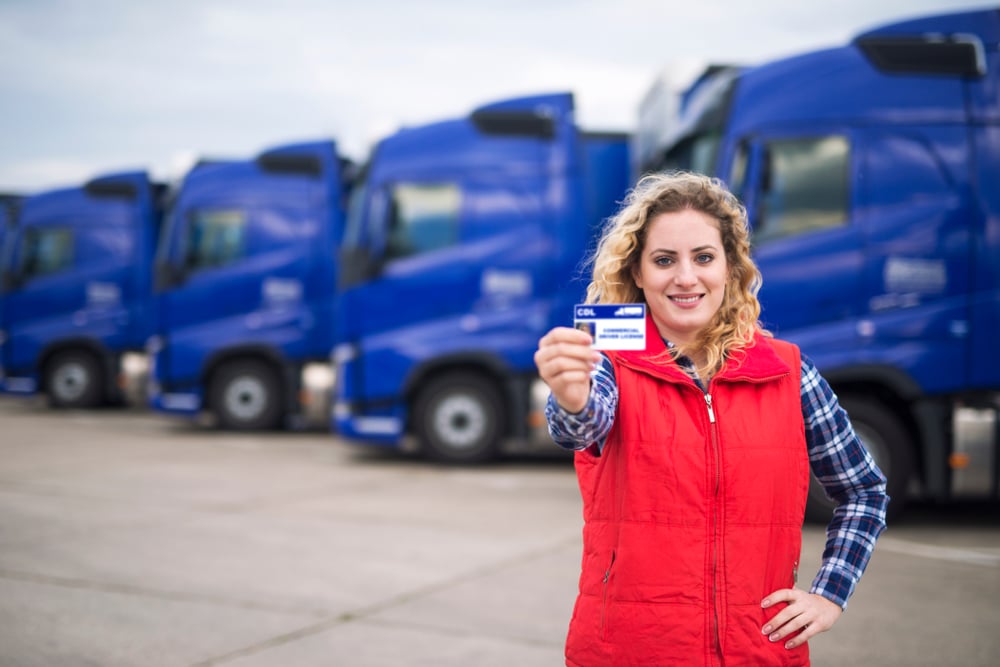 The transportation industry is a thriving field that continues to seek out knowledgeable, highly skilled professionals. Getting your commercial driver’s license or CDL is a significant achievement that will open many doors within this exciting industry, offering you a variety of job opportunities.
The transportation industry is a thriving field that continues to seek out knowledgeable, highly skilled professionals. Getting your commercial driver’s license or CDL is a significant achievement that will open many doors within this exciting industry, offering you a variety of job opportunities.
Although getting your CDL can be an advantageous way to make your way in the transportation industry, there are some facts about the process of getting this certification that deserve a deeper look. Here are several things you need to know about getting your CDL to get you headed in the right direction:
Eligibility Requirements
Each state has different standards or requirements that have been established when it comes to getting your CDL. To obtain a CDL within a certain state, you will have to meet all the eligibility requirements that are listed by that state. In addition, you have to meet more general requirements as well, such as being at least 18 years-of-age, or 21 when driving on the interstate. You also have to have a current valid driver’s license, pass a written and practical driving test and pass a physical examination to prove you are healthy enough to start a career in the transportation industry. This includes passing an examination that looks at your physical condition as well as vision and hearing to ensure that you are safe to operate large vehicles on the roadways.
CDL Classifications
There are also classifications for various levels of CDL distinctions. There are three main distinctions or CDL classifications: Class A, B, and C. The following is a more in-depth breakdown of each variety and their differences:
Class A: With this classification, you can drive a combination vehicle with a combination weight rating or GCWR of 26,001 lbs or more. This can also include towed vehicles that weigh more than 10,000 lbs.
Class B: This classification means you can drive a single vehicle with a GCWR of 26,001 lbs or more and includes towed vehicles that weigh less than 10,000 lbs.
Class C: With a CDL Class C, you can drive vehicles that can transport 16 or more passengers. This number includes the driver. You can also utilize a Class C license to operate a vehicle used to transport hazardous materials.
CDL Endorsements: In addition to the three classifications of CDL licensing, you can also get CDL endorsements, which are additional certifications that allow you to drive specific vehicles or transport a variety of cargo types.
Training and Preparation
As with any continuing education program or one designed to further your career, approaching your CDL test with a great deal of training and preparation is wise. You can enroll in a CDL training program through a trade or vocational school, community college, or trucking company. You can also purchase study materials and practice tests from the Department of Motor Vehicles (DMV) or online.
Other Qualifications
In addition to the age requirements, already having a regular driver’s license and pass a physical, anyone hoping to move forward in the CDL licensing process also needs the following:
Clean Driving Record: It isn’t enough just to have a driver’s license. You must also have at least one to two years of driving experience with your license. You also have to have a clean driving record, meaning there is no license suspension, you don’t have any failures to appear in court, or you have failed to pay child support, or you have a DUI or DWI or excessive traffic violations or driving points. (You can qualify to drive once again after your license is reinstated and you have completed a driving course and paid the reinstatement fees.)
No Criminal Record: You must pass a background test before getting a CDL or becoming a truck driver in many cases.
Proof of Citizenship: You must be able to prove you are an American citizen to become a licensed CDL driver. This can be via a birth certificate or social security card. You also must be able to read and speak English in order to be part of the transportation industry in many cases.
The Testing Process
Once you have prepared for your test and know exactly what type of classification you are going for, it’s time to begin the testing process. The CDL testing process usually involves passing both a written and skills test. This ensures that you as a driver know the facts as well as possess the ability to put that knowledge into action. Generally, the handwritten portion of the exam covers topics like driving safely, vehicle inspection, and cargo handling. The skills test will likely involve a pre-trip vehicle inspection, a basic control skills test, and then finally an on-road driving test.
Maintaining Your CDL
Once you get your CDL, you should applaud yourself for your hard work and effort. You should also look into what it takes to keep that classification in good standing. For example, once you get your CDL, you must maintain it by adhering to the rules and regulations outlined by both the DMV and the Federal Motor Carrier Safety Administration (FMCSA). You also need to comply with hours-of-service regulations, keep accurate records, and undergo regular medical exams to ensure you can continue to safely operate large vehicles.
You Can Do It
In conclusion, obtaining a CDL requires preparation, dedication, and commitment. By understanding the eligibility requirements, CDL classifications, endorsements, training and preparation, testing process, and ongoing maintenance requirements, you can set yourself up for success within the transportation industry. 
